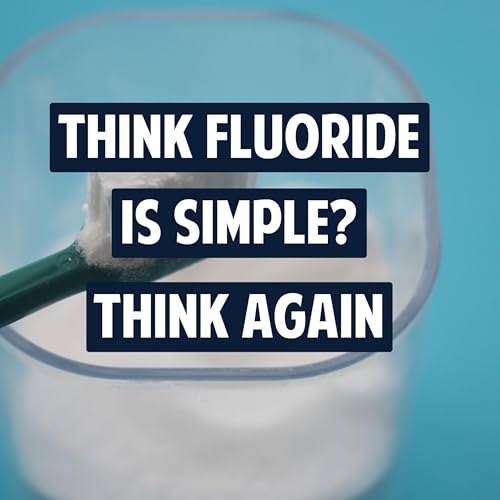Are your oral-care product claims truly backed by science, or just one regulatory challenge away from collapse?
In this episode of Dental Formulator’s Playbook, Dr. Robert L. Karlinsey and co-host Tami break down the high-stakes world of advertising compliance in oral care. They explore the role of the National Advertising Division (NAD) and show how even established brands can face public scrutiny and legal consequences when claims are not supported by strong scientific evidence.
The episode reviews the well-documented case of Wm. Wrigley Jr. Company vs. Cadbury Adams USA LLC, where germ-killing claims tied to magnolia bark extract (MBE) were challenged and ultimately modified. The conversation connects those lessons to recent study-design pitfalls involving nano-hydroxyapatite (nHAP) toothpaste research and the consequences of using marketing language that outpaces data.
Whether you are a formulator, brand leader, regulatory professional, or marketer, this episode outlines a practical roadmap for building claims that withstand scientific and regulatory scrutiny.
Highlights
What is the NAD?
A self-regulating industry body under BBB National Programs that reviews advertising claims and may refer cases to the Federal Trade Commission (FTC) or the Food and Drug Administration (FDA) when non-compliance is identified.
The Wrigley vs. Cadbury case (2009-2010)
Wrigley’s gum containing magnolia bark extract claimed it was “scientifically proven” to kill germs that cause bad breath. The NAD and its appeal board determined the supporting evidence was insufficient and the company ultimately changed its advertising language. Not long after the NAD decision, a class-action lawsuit was brought against Wrigley.
Why real-world testing matters
Dr. Rob examines a 2025 lab study evaluating nano-hydroxyapatite (nHAP) toothpaste, noting weaknesses such as missing negative controls and lack of dose-response structure. Even when literature may support nHAP, weak studies still compromise claims.
Regulatory differences across countries
A toothpaste is classified as a cosmetic in Europe, but in the United States it is considered a drug if it includes fluoride, a crucial distinction for global brands.
Claims = risk
Terms like “scientifically proven,” “clinically validated,” or “kills germs that cause bad breath” require robust, well-controlled evidence or they remain vulnerable to NAD challenges, competitor complaints, FTC action, and class-action lawsuits.
Key Takeaways
Test before you claim: Study design must include negative controls, real-world conditions, and dose-response logic.
One strong randomized controlled trial beats many weak lab experiments.
Know your regulatory category: Fluoride-based products in the US fall under drug status, not cosmetic.
Weak methodology still carries legal exposure even when data exists.
“Natural” or “herbal” branding cannot protect unsupported or misleading claims.
📲 Connect with Dr. Rob (Robert L. Karlinsey, PhD)
🌐 Website: customdentalformulations.com
📄 Research Profile: Robert Karlinsey on ResearchGate
 42 分
42 分 46 分
46 分 47 分
47 分 56 分
56 分 42 分
42 分 2025/11/101 時間 10 分
2025/11/101 時間 10 分 2025/11/0326 分
2025/11/0326 分 2025/10/2752 分
2025/10/2752 分
